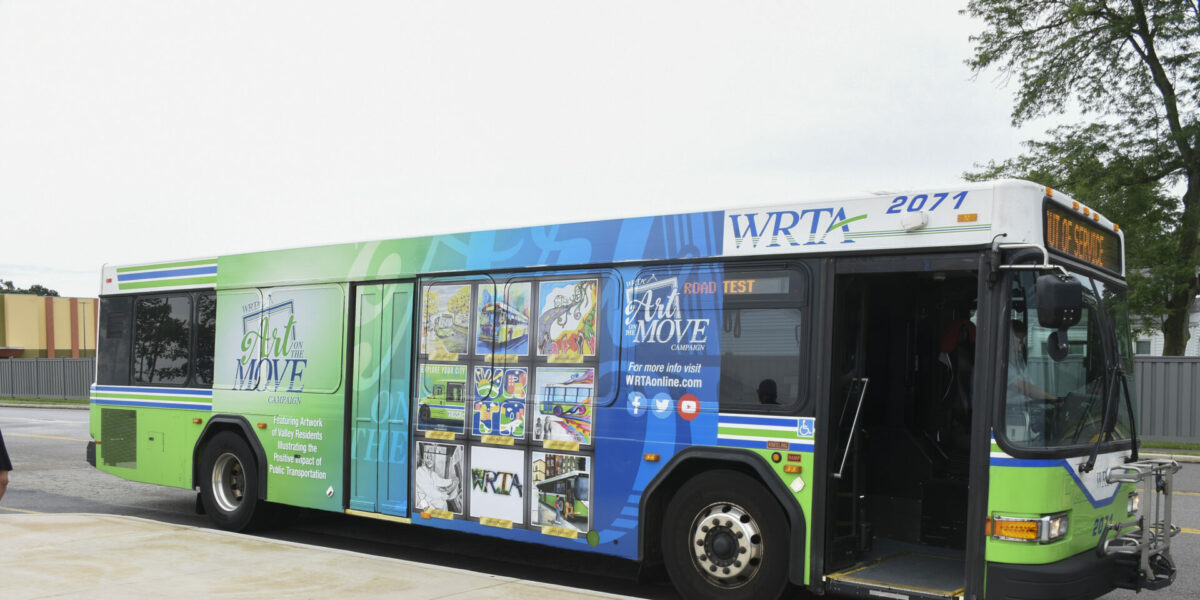Inexpensive Transit Advertising Philippines for Brand Name Awareness
Inexpensive Transit Advertising Philippines for Brand Name Awareness
Blog Article
A Comprehensive Examination of the Techniques and Techniques for Successful Transportation Marketing Campaigns
Transportation advertising and marketing campaigns use a distinct possibility for brands to engage with varied target markets in vibrant environments. As we check out these important parts, it ends up being clear that the path to an impactful transit marketing strategy is both detailed and rewarding, elevating the question of just how ideal to navigate these complexities for optimal brand visibility.
Understanding Target Demographics
Comprehending target demographics is important for the success of transit marketing campaigns (Transit Advertising Philippines). Identifying certain target market sections enables advertisers to tailor their messages effectively, making sure that the material resonates with the intended visitors. This technique enhances engagement and makes best use of return on financial investment
To properly assess target demographics, marketing professionals need to consider numerous key factors, including age, income level, way of life, and occupation preferences. For example, a campaign targeted at young experts may focus on comfort and modernity, while one targeting family members may stress safety and security and integrity. Moreover, geographic aspects such as metropolitan versus rural setups can dramatically affect customer behavior and preferences.
Information collection approaches such as surveys, emphasis groups, and social networks analytics provide valuable understandings into demographic trends and consumer behaviors. By leveraging this info, marketers can craft engaging narratives that line up with the values and demands of their target market.
Inevitably, understanding target demographics not only informs the critical instructions of transportation ad campaign however additionally ensures that resources are assigned efficiently. This targeted strategy enhances the probability of accomplishing project objectives, promoting brand name commitment, and driving conversions.
Creative Style Methods
Reliable interaction with target demographics counts greatly on cutting-edge creative design strategies in transportation marketing campaign. To efficiently record focus in a crowded aesthetic atmosphere, designers should focus on clarity and aesthetic impact. Making use of high-contrast elements and vibrant colors can boost exposure, making certain that messages are conveniently understandable from a range.
Incorporating dynamic images that reverberates with the target audience is vital. Visual narration techniques can evoke emotions and develop unforgettable associations with the brand name. Additionally, calculated use typography helps share vital info promptly; proper sizes and legible typefaces better boost readability.
Including interactive components, such as QR codes or increased reality features, can engage travelers past passive monitoring (Transit Advertising Philippines). These techniques not just promote user communication yet also link the gap in between conventional advertising and electronic interaction
In addition, utilizing room artistically-- whether on bus wraps, transportation sanctuaries, or subway ads-- can lead to cutting-edge layouts that damage the mold of standard advertising and marketing. By accepting creative creativity while preserving brand consistency, campaigns can foster a solid link with their target market, eventually driving both recognition and activity. The assimilation of these style strategies is extremely important for achieving successful transit advertising end results.
Strategic Placement Techniques
Optimizing the impact of transit advertising and marketing depends upon tactical placement methods that guarantee ideal presence and involvement. Reliable placement includes understanding and analyzing high-traffic pop over to this web-site locations passenger demographics to determine one of the most advantageous locations for advertisement display screens. As an example, positioning ads near entrances and exits of transportation lorries can record the interest of boarding and touching down passengers, therefore improving exposure.
Moreover, making use of both exterior and interior surfaces of transit cars can significantly widen reach. Outside ads, visible throughout commutes, engage pedestrians and various other vehicle drivers, while indoor ads target guests in a captive environment. In addition, placing ads en route hubs, such as bus terminals or train stations, permits enhanced impacts as travelers change in between different settings of transportation.
Timing is also vital; lining up the campaign launch with peak traveling periods makes best use of audience involvement - Transit Advertising Philippines. Additionally, leveraging digital screens en route settings can facilitate vibrant content, enhancing and offering real-time updates customer communication. By using these calculated positioning techniques, online marketers can guarantee that their transit marketing campaigns attain maximum exposure, resonate with the target audience, and eventually drive preferred results

Gauging Campaign Performance
To analyze the success of transportation ad campaign, it is necessary to utilize a variety of dimension strategies that give insights into audience interaction and general performance. One primary technique is the usage of vital performance indications (KPIs), such as reach, impressions, and engagement rates, which quantify how many individuals watched the advertisement and communicated with it.
Studies and emphasis groups can also be critical in assessing consumer understandings and recall, allowing online marketers to understand the effect of their messaging. Additionally, tracking site web traffic and social media interaction during and after the campaign helps determine direct responses to the marketing.
One more effective method is using location-based analytics, which can give information walking website traffic around specific transit places, offering understandings into whether the project efficiently recorded the focus of commuters. Furthermore, analyzing sales data can reveal relationships between transportation marketing and enhanced income, offering substantial proof of a project's performance.
Study of Success
Comprehending the effectiveness of transportation marketing campaigns with measurement methods lays the foundation for examining real-world examples that highlight successful results. By utilizing geo-targeted electronic ads and analytics, the brand name measured a 30% boost in sales in regions where his explanation the covers were prominently shown, showing the straight effect of transportation advertising and marketing.
An additional engaging instance comes from a regional not-for-profit company that launched a campaign on subway systems to promote a neighborhood event. The company incorporated lively visuals with QR codes guiding travelers to a registration page. Post-campaign analysis exposed a 50% rise in occasion presence contrasted to the previous year. The use of straight engagement through innovation magnified the campaign's reach and efficiency.

Conclusion
In summary, effective transportation advertising campaigns require an extensive approach that integrates an understanding of target demographics, cutting-edge design strategies, and calculated placement. By prioritizing emotional engagement via vibrant visuals and maximizing exposure throughout height travel times, brand names can significantly enhance their impact. Moreover, ongoing measurement of project performance via crucial performance indications and customer feedback makes certain continuous enhancement. Collectively, these techniques foster brand presence and take full advantage of the return on financial investment in transit advertising initiatives.
Understanding target demographics is vital for the success of transit advertising and marketing projects.Reliable interaction with target demographics depends heavily on ingenious creative layout methods in transportation advertising and marketing projects. By using these tactical placement approaches, marketers can make certain that their transportation advertising campaigns accomplish optimal presence, reverberate with the target audience, and ultimately drive desired outcomes.
Understanding the efficiency of transportation advertising campaigns through dimension methods lays the foundation for taking a look at real-world instances that highlight effective results.In recap, effective transportation advertising and marketing campaigns necessitate a detailed technique that incorporates an understanding of target demographics, innovative layout strategies, and calculated placement.
Report this page